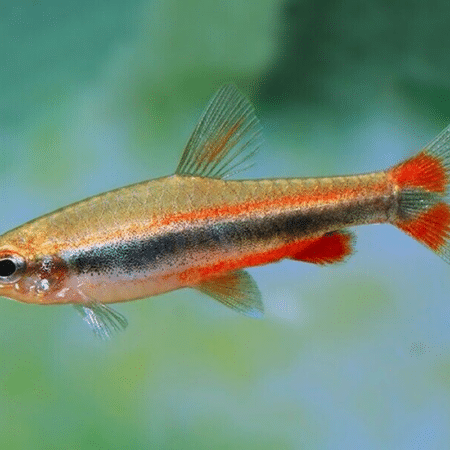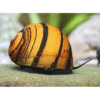To provide the best experiences, we use technologies like cookies to store and/or access device information. Consenting to these technologies will allow us to process data such as browsing behaviour or unique IDs on this site. Not consenting or withdrawing consent, may adversely affect certain features and functions.
The technical storage or access is strictly necessary for the legitimate purpose of enabling the use of a specific service explicitly requested by the subscriber or user, or for the sole purpose of carrying out the transmission of a communication over an electronic communications network.
The technical storage or access is necessary for the legitimate purpose of storing preferences that are not requested by the subscriber or user.
The technical storage or access that is used exclusively for statistical purposes.
The technical storage or access that is used exclusively for anonymous statistical purposes. Without a subpoena, voluntary compliance on the part of your Internet Service Provider, or additional records from a third party, information stored or retrieved for this purpose alone cannot usually be used to identify you.
The technical storage or access is required to create user profiles to send advertising, or to track the user on a website or across several websites for similar marketing purposes.


















Emily Carter (verified owner) –
I recently added the Seminole Ramshorn Snail (Planorbella Duryi) to my 20-gallon freshwater tank, and I can’t express how pleased I am! These little guys are not just adorable with their unique spiral shells, but they’ve also become amazing tank cleaners. After just one week, my algae levels have dramatically dropped, and my plants look healthier than ever.
What I love most is how gentle they are; they roam around without bothering my small schooling fish, which is a huge plus for me as a caring fish parent. Compared to other freshwater snails I’ve kept, like the common pond snail, these are far less invasive and do a much better job at keeping the tank clean without overpopulating.
I did have a minor concern about how they might interact with my fish, but so far, they’ve been perfectly peaceful. I’d highly recommend these snails for anyone looking to enhance their fish tank’s ecosystem—whether you’re a seasoned aquarist or just starting out. They’re truly an essential addition to any freshwater setup. Plus, shipping was quick and they arrived healthy, which is always a relief! Will definitely be purchasing more soon!
Emily Carter (verified owner) –
I recently purchased the Seminole Ramshorn Snail, and I couldn’t be happier! As a dedicated fish parent, I care deeply about the well-being of my aquatic friends, and these little snails have truly enhanced the beauty of my aquarium. They arrived shortly after placing my order, perfectly healthy and ready to explore their new home.
In just a week, I’ve noticed how effective they are at keeping the algae in check without disturbing the delicate balance of my setup. Their unique spiral shells add a charming touch to the tank, and watching them glide around is nothing short of mesmerizing. Compared to other freshwater snails I’ve tried, the Ramshorn snails are much more active and engaging, which makes them a joy to have around.
One minor concern is that they can reproduce quickly, so make sure you’re ready for a growing population! I recommend these snails especially for beginners looking to add some life and natural pest control to their aquariums. Overall, if you’re considering a freshwater snail, the Seminole Ramshorn Snail is an excellent choice for both aesthetics and aquarium health. I would definitely buy them again!